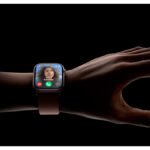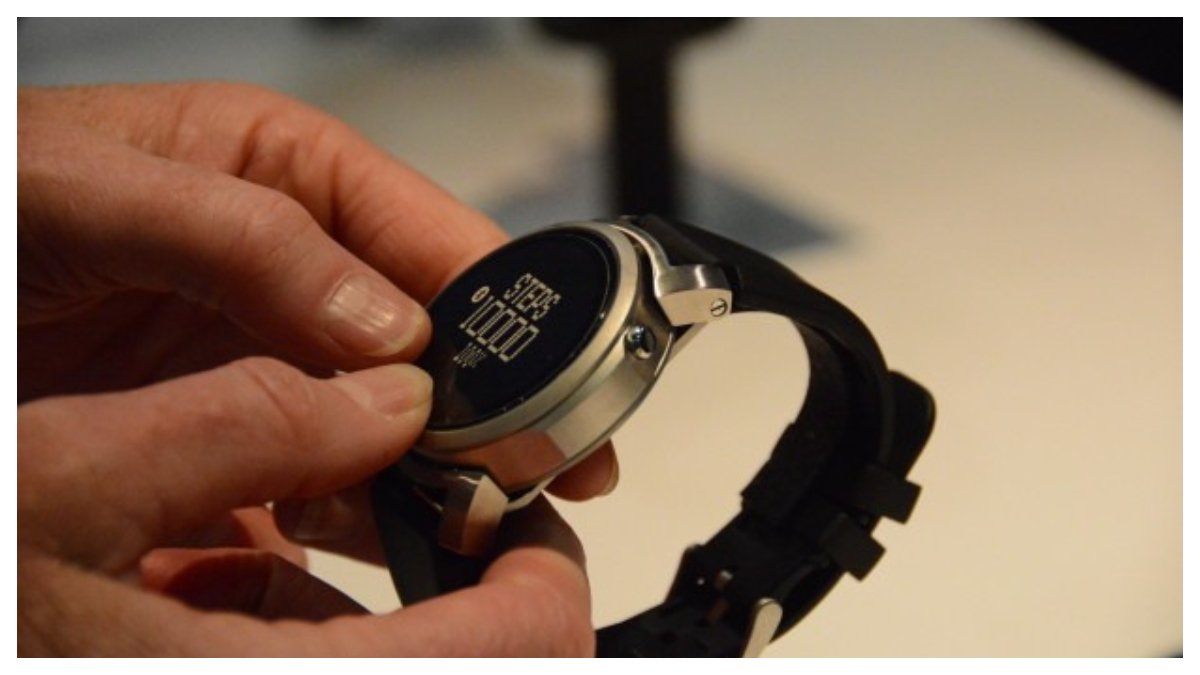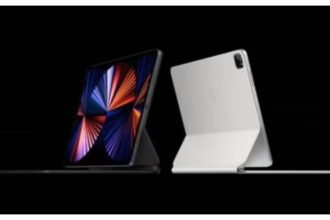Why Smart Watches Are So Much In Demand Smartwatches offer a range of features that distinguish them from traditional timepieces. These features, tailored to varying needs and preferences, contribute to their status as technological advancements. The question of whether smartwatches represent the future of technology depends on numerous factors, including technological advancements, consumer adoption, and market trends.
In today’s market, smartwatches are available across a wide price spectrum, ranging from affordable options from Indian brands like Bot, Zebronics, Fire Bolt, and Noise, to premium offerings from established players like Fitbit, Samsung, Google, and Apple. The appeal of smartwatches lies not only in their marketing strategies but also in the practical benefits they provide to users.
Key features available across this range of smartwatches include:
Health and Fitness Tracking: Smartwatches offer various sensors and tracking capabilities for monitoring heart rate, activity levels, sleep patterns
While many smartwatches incorporate basic health-related features, flagship models are renowned for their extensive array of health-centric functionalities. Google’s entry into the smartwatch market with the Google Pixel Watch marks a significant development. Google envisions smartwatches evolving beyond mere health trackers to comprehensive devices capable of understanding users’ contexts and emotions.
According to media reports, the Google Pixel Watch is poised to possess advanced capabilities, including contextual awareness regarding users’ locations, activities, and emotional states. This indicates a shift towards more sophisticated and intuitive smartwatch technology, aligning with Google’s vision for the future of wearable devices.
Google asserts that the level of understanding achieved by the Pixel Watch surpasses that of augmented reality (AR) glasses. The company recognizes the growing significance of smartwatches, suggesting they are approaching the importance traditionally associated with smartphones.
David Singlett, former director of engineering at Android, characterizes smartwatches as potent computing devices conveniently wearable throughout the day. Notably, wearables are rapidly emerging as the most sought-after Internet of Things (IoT) tool, reflecting users’ desire for continuous connectivity.
As the world’s leading smartwatch manufacturer, Apple maintains its dominance in the market. However, with the ongoing addition of new features to wearable devices, the entire industry is poised for significant transformation.
The wearable market has experienced significant growth driven by rising user demand, particularly attributed to the proliferation of health-related features in smartwatches. In contemporary times, maintaining optimal health is a priority for many individuals, leading them to utilize the health-centric functionalities offered by smartwatches.
Today’s smartwatches offer a comprehensive suite of features conveniently housed on the wrist, including fitness tracking, ECG (electrocardiogram) monitoring, heart rate tracking, blood oxygen monitoring, and SpO2 (oxygen saturation) measurement capabilities. Additionally, users benefit from features such as smartphone notifications, music playback control, and the ability to locate their devices, enhancing the overall utility and appeal of these wearables.
The global smart wearables market is forecasted to achieve shipments totaling 776.23 million units by the year 2026. Despite the challenges posed by the COVID-19 pandemic, a substantial 266.5 million units of wearables were sold to consumers in 2020.
With the advent of 5G technology, the potential of wearables is poised to expand even further. The implementation of 5G networks will enable these devices to transmit and receive analytics in real time, effectively eliminating latency issues.
In essence, smartwatches have the potential to emerge as the paramount wearable device. With an array of new features and applications, equipped with integrated sensors, smartwatches will generate ample data for developers to enhance their services. In the years ahead, wearable technology will continue to advance, offering users increasingly sophisticated features and functionalities.


















